A Pair Of Coppers In The Family
There’s something both delicious and disconcerting about finding your family imitating your books. My maternal great-grandfather had been the landlord of the Victoria public house at the bottom of Roundhay Road – the place Annabelle Harper owned. His tenancy was later, in the 1920s. But that was deliberate on my part, I wanted the connection.
However, given that the Tom Harper books start off with Leeds police in 1890, it came as a surprise to discover I had two Victorian coppers in the family.
Matthew Lamplugh (the name was his great-grandmother’s surname) Nickson joined the force in 1865, when he was 21. He remained a constable, but rose in stature, even with a few disciplinary problems. He was 5 feet 10 inches (about 1.8 metres), with brown hair and light brown eyes, and a “florid” complexion, sworn in as PC 631. A year after joining, he moved to the brand-new fire brigade (one of 16 who made up the initial force under the police); or, rather, he was one of those policemen detailed to attend fires. By 1868, the police fire brigade was a group apart, working out of Centenary Street, close to the Town Hall, In November 1869, the record ends abruptly: “Died”. Sadly, I’ve been unable to discover how it happened.
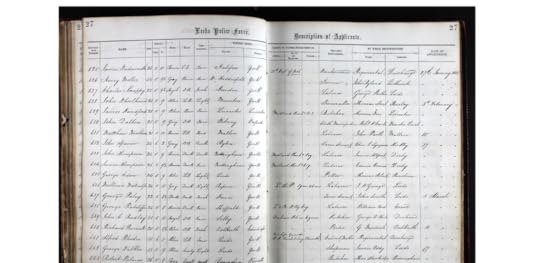
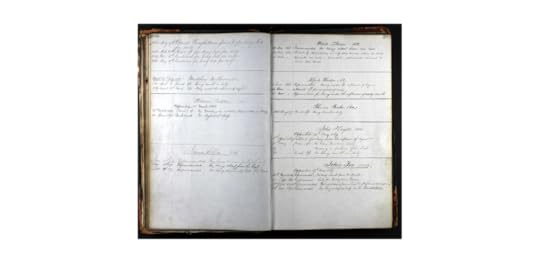
He had a few disciplinary problems – fined in 1868 for being under the influence when off duty, and drunk on duty in 1865 and under the influence in 1867.

The uniform was changing around the time. It’s quite possible that when he started on the beat, Matthew dressed like this (not a million miles from a uniform of a bosun in the navy):

However, it soon became this:

One he became a member of Leeds Police Fire Brigade, he’d have dressed like this.
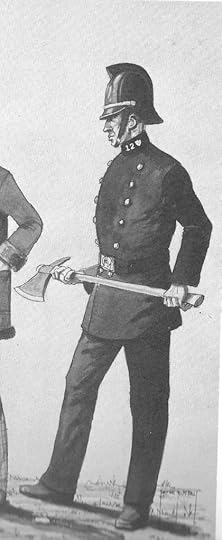
This photograph, taken in 1870, show the Leeds Police Fire Brigade with their engine. It had been bought in 1867 at a cost of £42. Anyone who knows Leeds can spot where it was taken, next to the Town Hall steps, with one of the lions in the background. It’s a little poignant to realise that these men, now long gone themselves, went into danger alongside Matthew. They knew him, laughed and joked with him. There’s no record that he ever married.
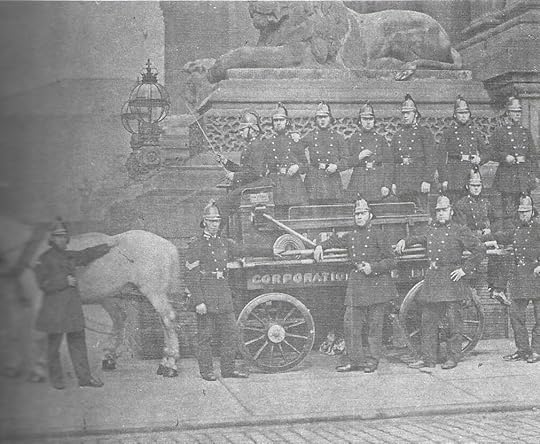
Richard Nickson became a policeman in 1888. He was 26 by then, a fully-qualified plumber who’d severed an apprenticeship. His father had died when he was young and his mother, Mary Caroline Nickson, carried on the successful painting and decorating business for several years. However, in 1877, when Richard was 16, still an apprentice, she married again, to George Heathwaite, who lived across the river in Hunslet. He was a master dyer with his own business, employing eight men. As was the way then, Mary Caroline either sold or gave up her business. The 1881 and 1891 censuses both show Richard living with his mother and stepfather in Hunslet.
He was 5 feet 10 and ¾ inches, blue eyes, brown hair, and a “fresh” complexion (interesting to see the number of former soldiers, especially soldier musicians, who joined up at this time, although there was no police band until 1924) and a qualified plumber.
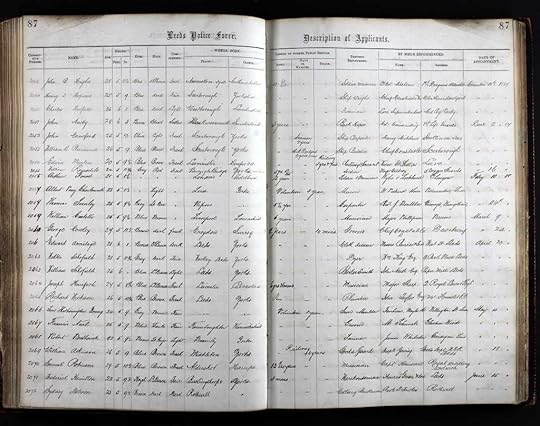
His uniform would have been an early version of the one familiar to so many.

Although Richard was promoted to First Class Constable within a year, he wasn’t without his disciplinary problems – losing equipment, being late, being absent from duty, drunk on duty.
In 1891 he was promoted to the Good Conduct Class, ironic as he’d been punished for being late and also for vanishing from his beat for 30 minutes, a grave offence.
But what was likely the final straws fell in 1892. In February he was stopped a day’s leave for being absent from his beat for an hour and 20 minutes. The following month he was fined 3” for “abusive language to a female and making an admission of acting immorally”.
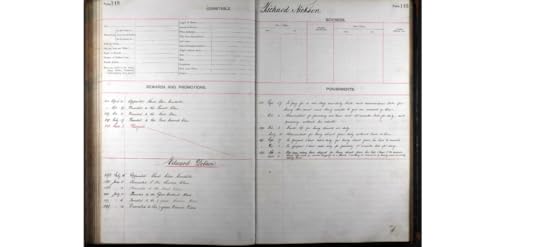
His police career ended with him resigning (no date given) and he seems to vanish from all records after that, although someone with a similar name did die later in October 1895 in Sculcoates, part of Hull. Very curiously, a Richard Nickson, the same age and the same father’s name, had married a woman name Ada Humble in Hull in 1883. Yet in the 1891 census, she’s not shown as living with him in Hunslet. Is it the same Richard? After resigning from the force, maybe as an alternative to being fired, did he go back to her in Hull?
We’ll never know. But it’s all fascinating.
Mind you, if I discover I had a relative from the earlier part of the 19th century who was a thief taker, I’ll be very worried.



